In the third chapter of our SOC/MOD series, we take a closer look at the Theoretical Block of Semmelweis University, Budapest. The tower block boasting a graceful figure was designed by three architects of IPARTERV, while in 2010, a young architect even turned it into the world’s tallest building for a short film. And now we made a miniature version of it—go and get your own in our online store!
Written by: Dániel Kovács
The fact that the tallest building of socialist Budapest was not made to gain the favor of a minister or a trust director but to serve scientific and educative purposes actually speaks for itself. This would be almost impossible today. The rapid development of the medical research university established in 1769, which carries the name of Ignác Semmelweis, the “Savior of Mothers” today, started after World War II. At the time, the campus erected at the end of the 19th century simply could not keep up with the multiplication of students. A public call was announced for its modernization in 1963, which was won by three architects of Hungarian architecture firm IPARTERV, namely Gedeon Gerlóczy, Ernő Südi and László Wágner, and their monumental tower block.
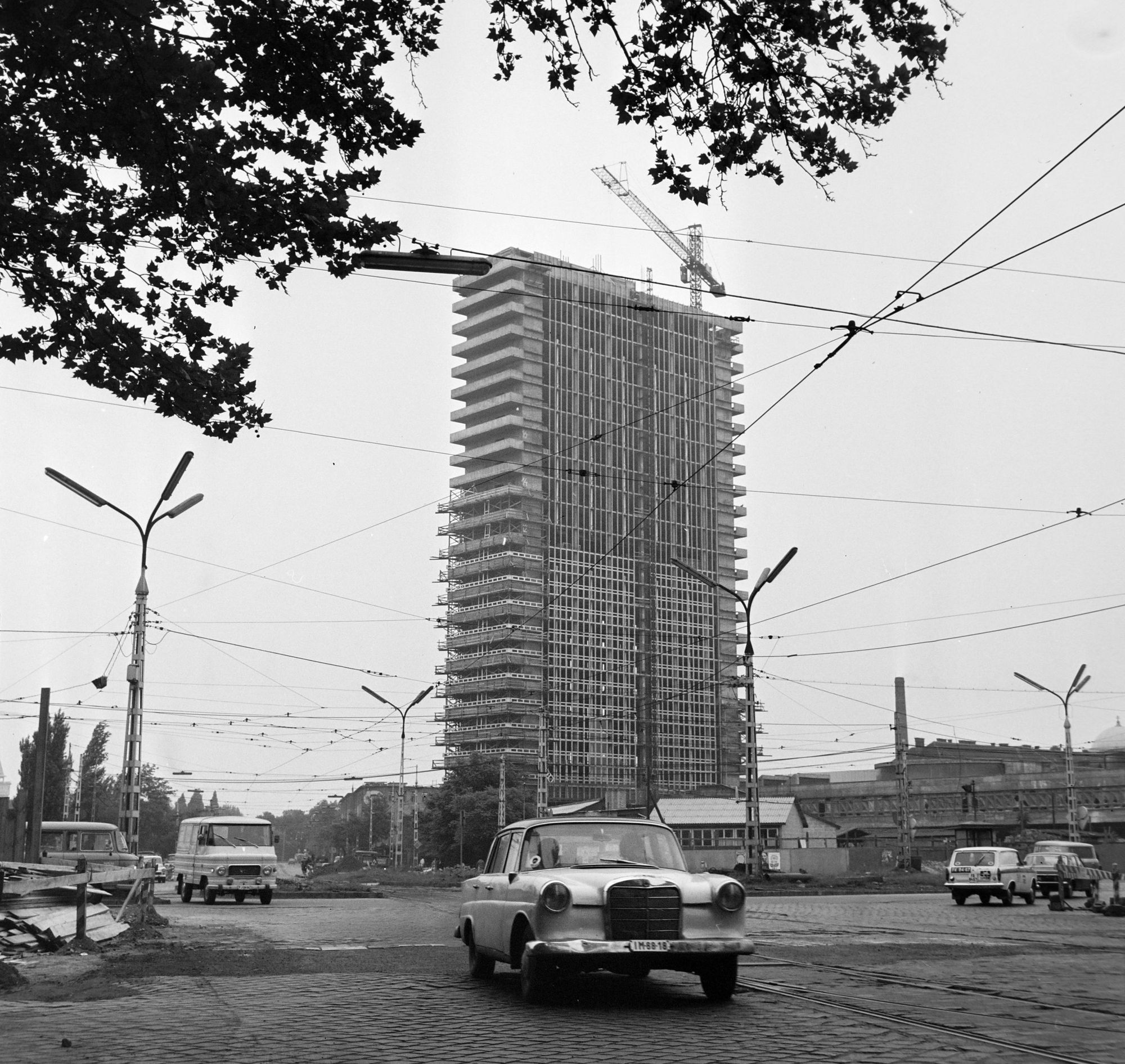
As Gerlóczy, who was best known for the restoration of Tivadar Csontváry Kosztka’s paintings in addition to his career in architecture, soon retired, the design of the building was led by László Wágner in the subsequent years. After several changes to the plans, the foundation stone was laid down in 1971, while the building was ultimately completed in 1978, with the help of János Magyar, who also joined the architects’ team in the meantime.
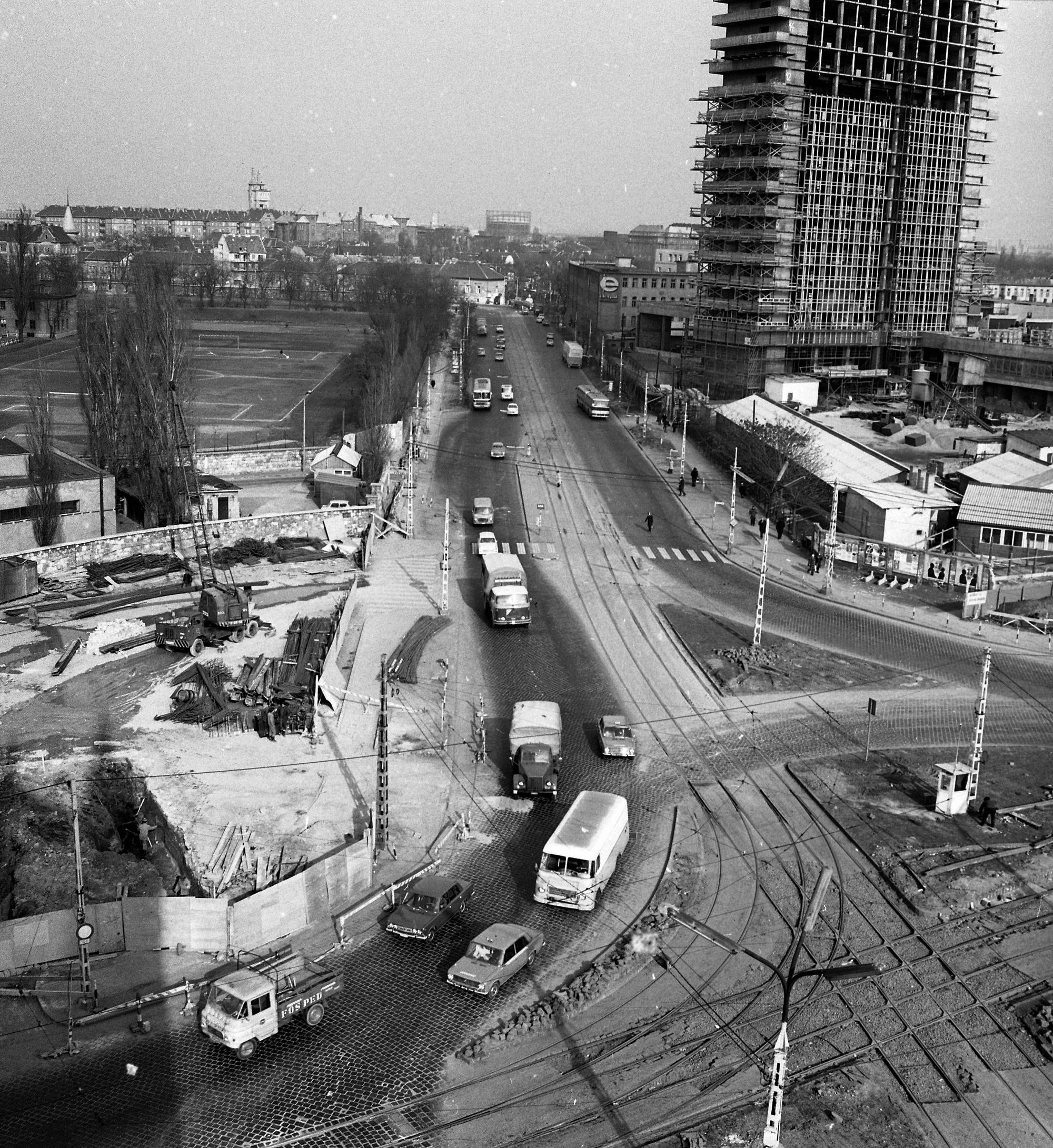
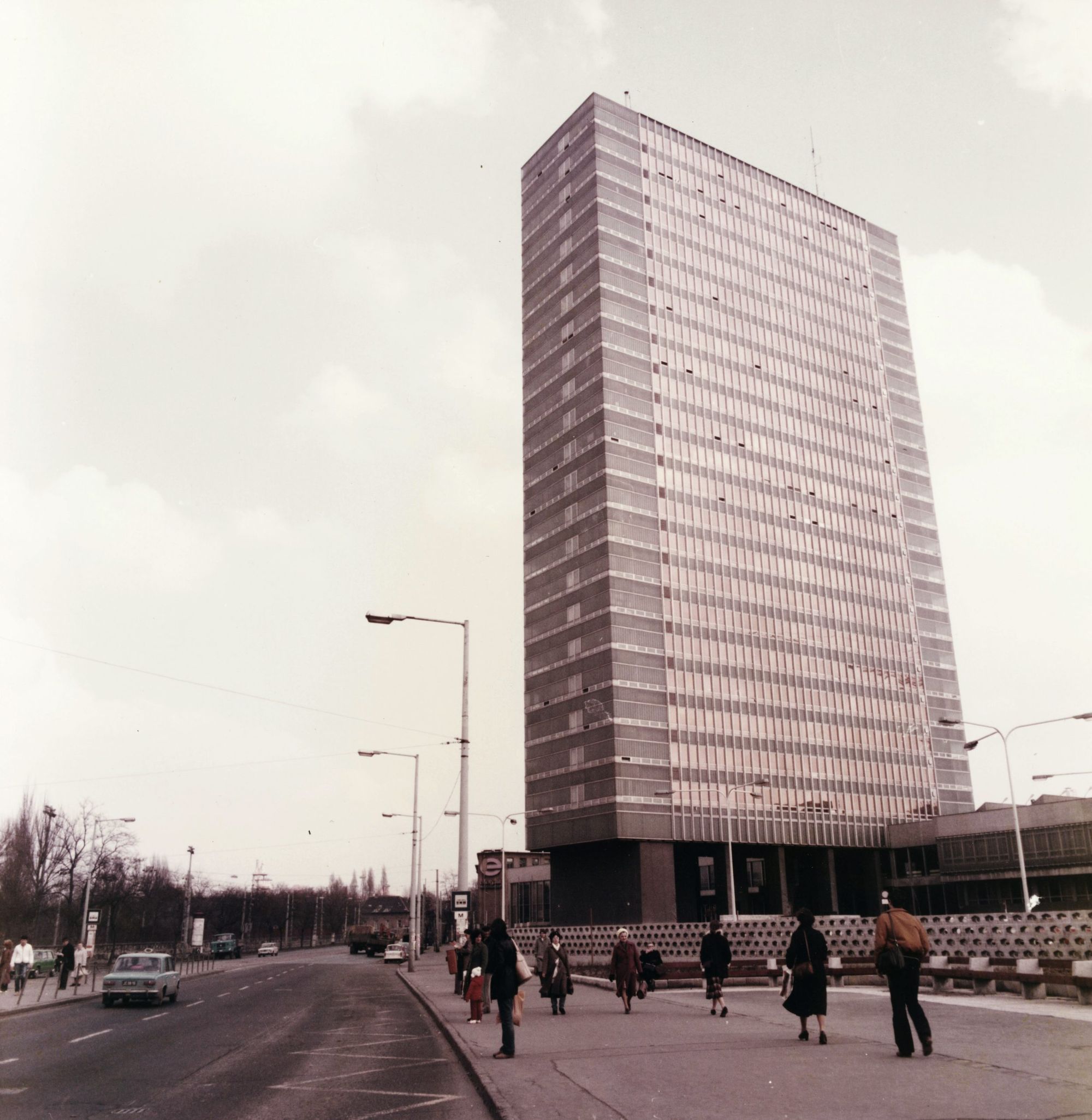
The long-delayed construction did not benefit the tower: several solutions that qualified as pioneering and challenging in the early sixties had become ordinary or even old-fashioned by the early eighties. However, the Theoretical Block at Nagyvárad Square, or NET (which is an abbreviation still very much in use today) met all functional criteria: it provided large and representative rooms, new labs, educational rooms and offices to the university. Within the tower, a nine-story second tower with a completely independent structure was also erected, giving home to all the vibration sensitive instruments. The two-story platform houses the lobby, the auditorium and two large lecture halls—this is what gives the base to the exclamation mark rising to a height of 22 stories. The architects carefully planned the access routes to the building: those arriving from the direction of the node and the metro exit had to pass under the tower before they could enter the hall, where Gyula Hincz’s gigantic colorful glass window welcomed them.
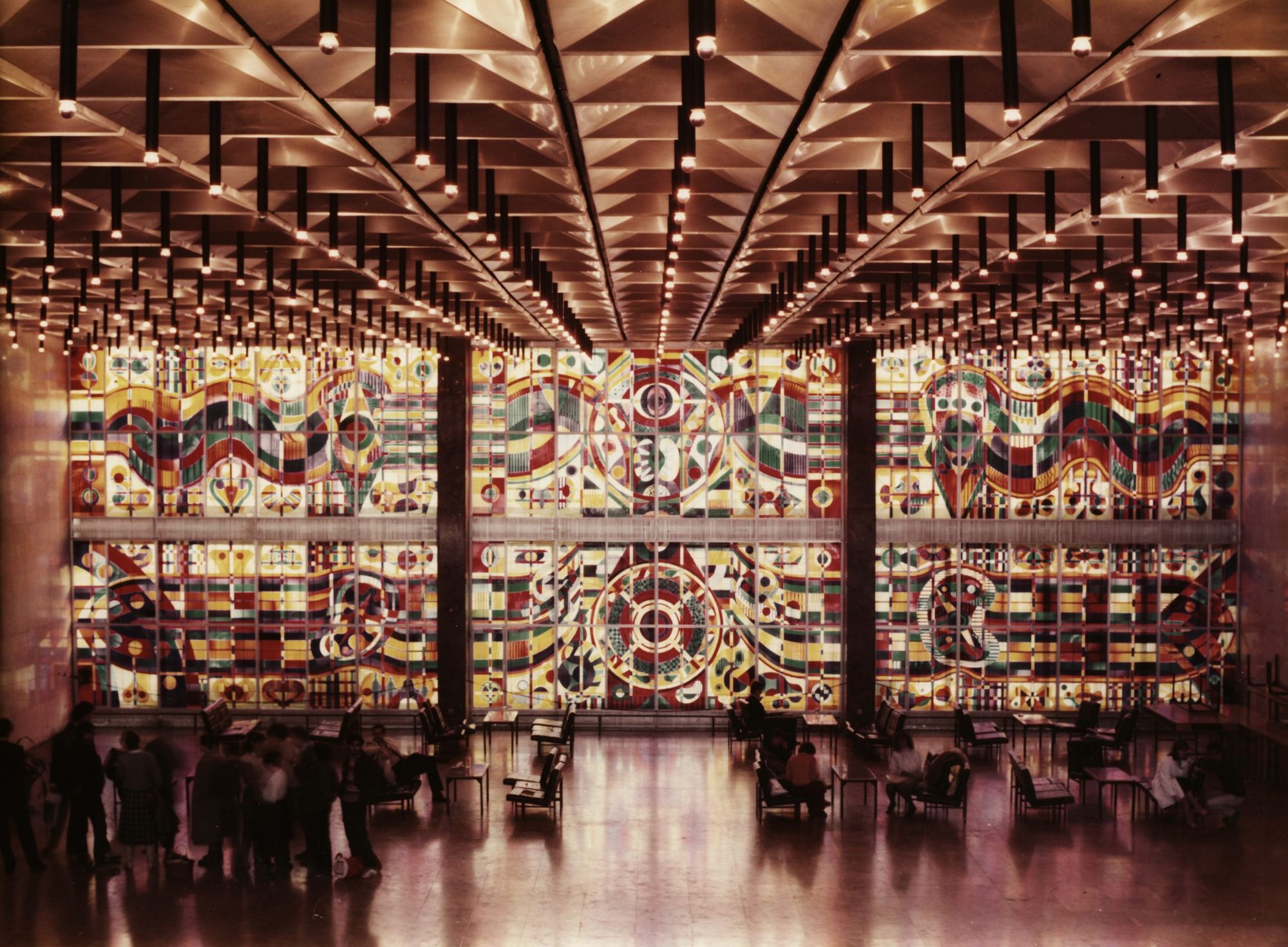
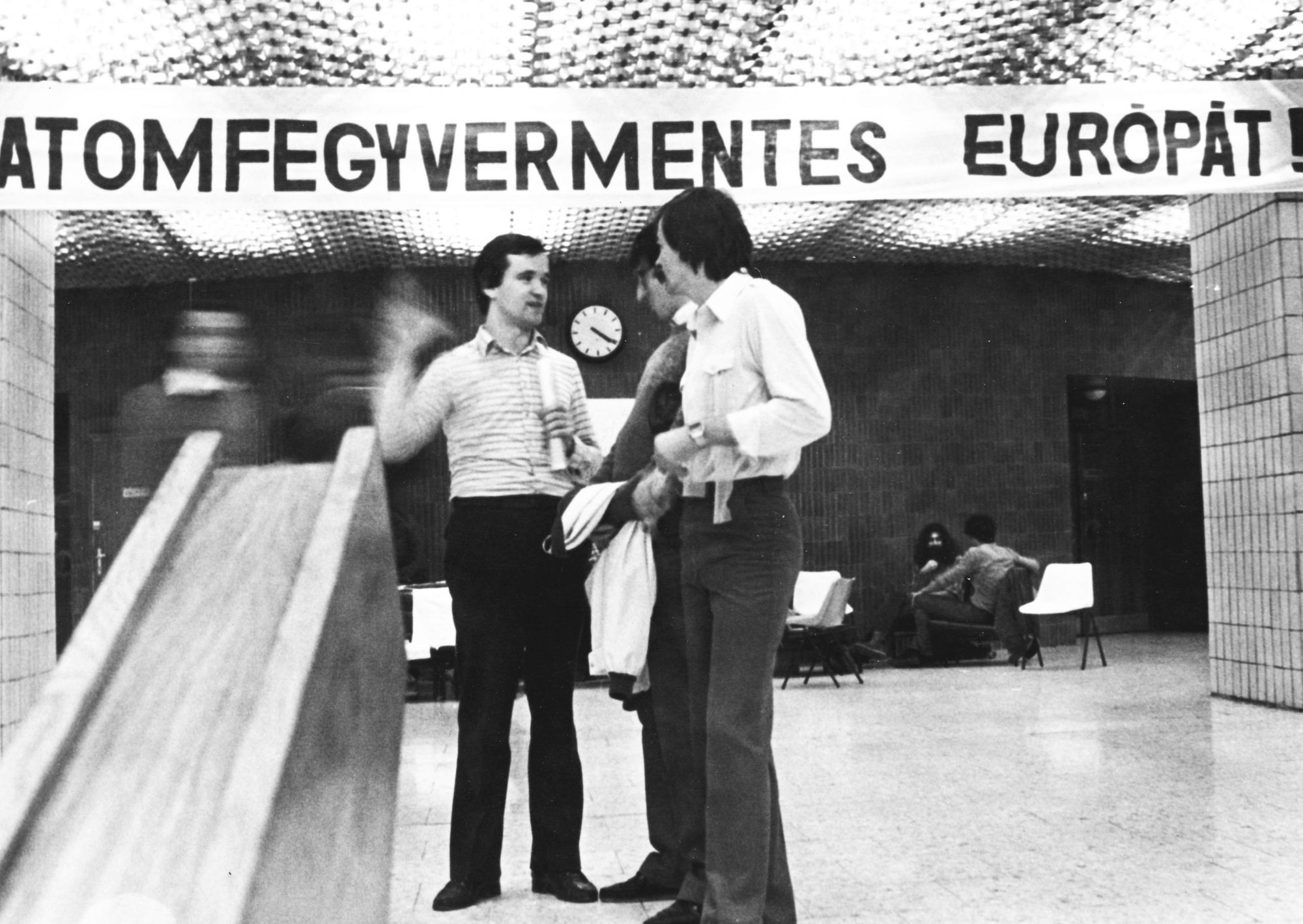
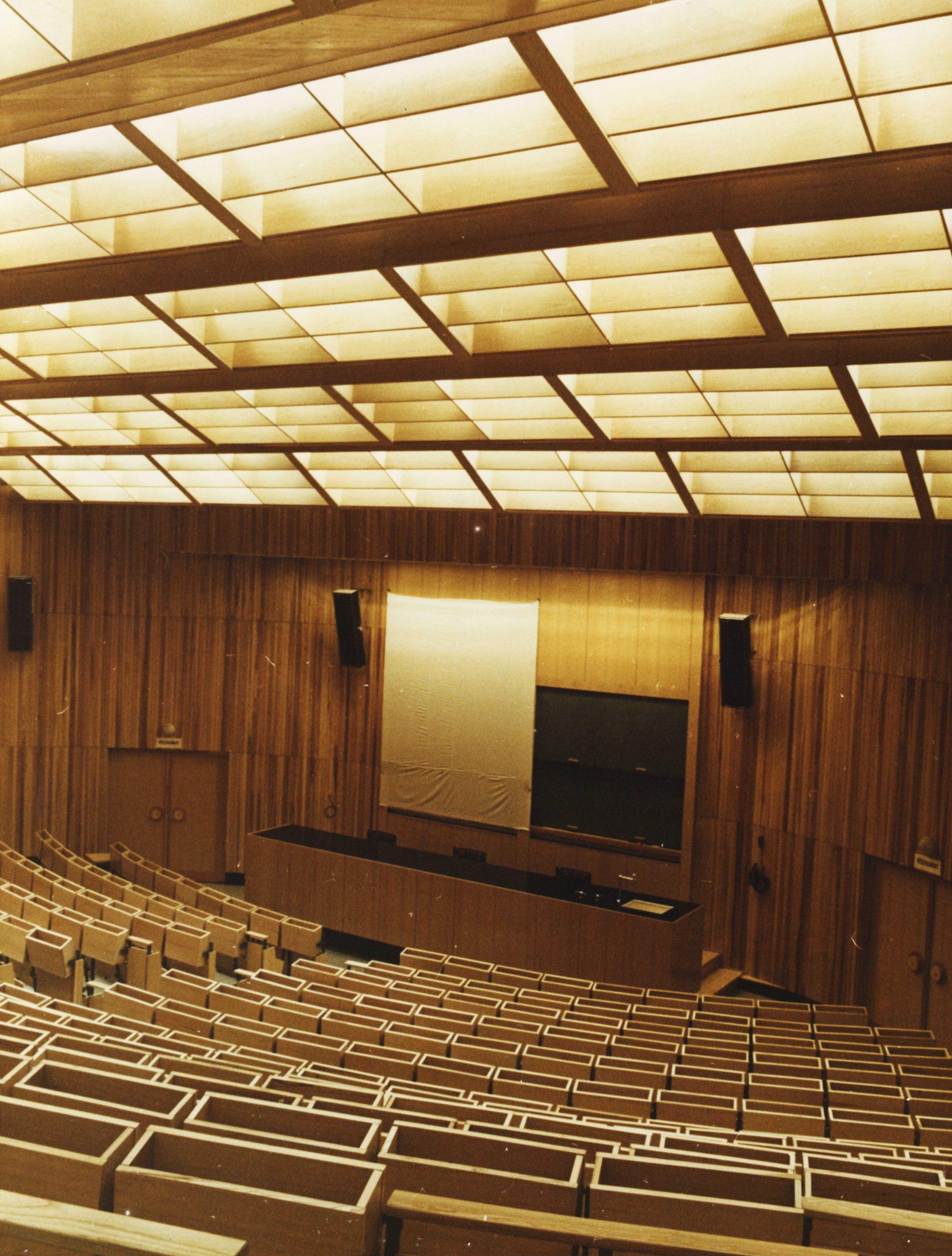
The reconstruction around 2000 implemented a lot of changes compared to the original condition. They kept the division of the outer curtain wall, but replaced its material: a white cladding took the place of the former U-profile channel glass panels, thus making the tower lighter and giving it a more dainty look. Not long after, new stories were added to the spaces between the tower’s legs, necessitated by a lack of space on the one hand and the security requirements imposed after September 11, 2001, on the other. They also implemented internal alterations, because not all decisions of the original architects provided to be future-proof: the strangest of them all is the fact that it is not the guests of a restaurant or cafe that can enjoy the unmatched views from the 23rd floor, but the lab rats of the animal laboratory—as the lab cannot be relocated, this hasn’t changed to this day.
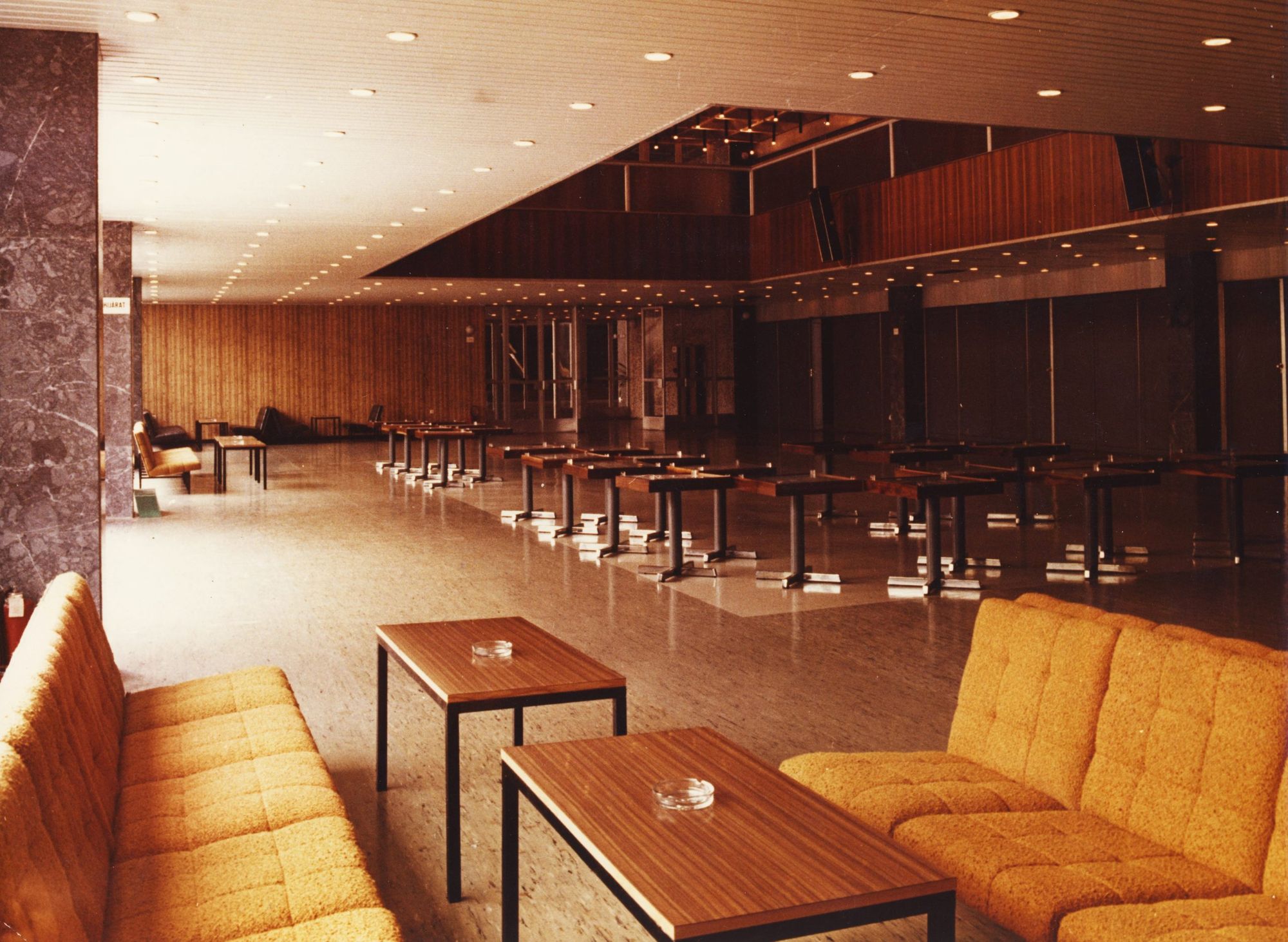
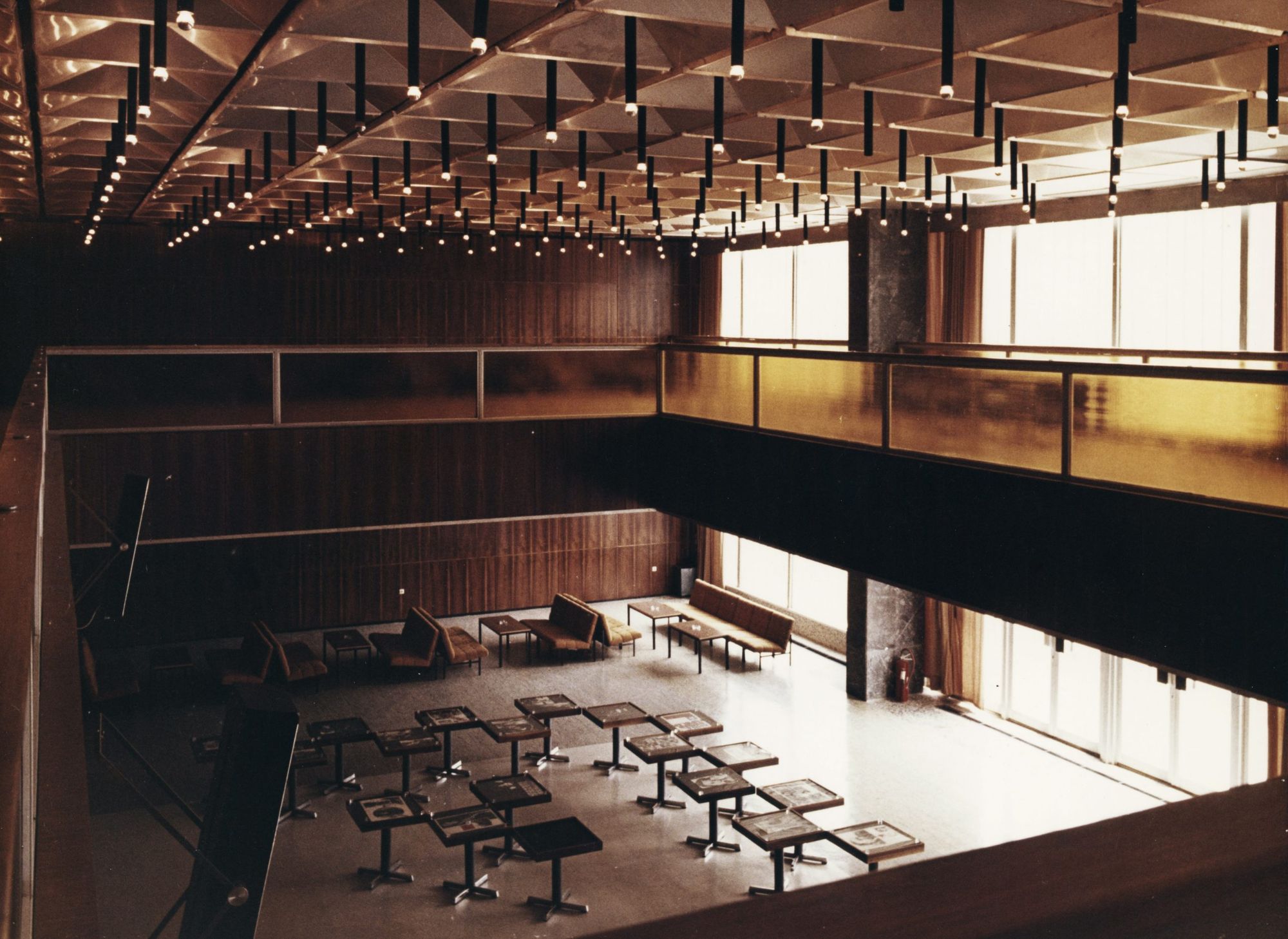
With its 89 meters, NET was the tallest public building in Budapest for a long time, and as such, has become a visible and much disputed part of the cityscape. Even though it is located a bit farther from the historic center of the city, metro line M3, which already touched Nagyvárad Square back in 1976, and the vicinity of the road leading from the airport to the city center also gave it a sort of city gate role. Its height also resulted in a few interesting benefits. The Hungarian National Disaster Control Sports Club organizes the National Firefighter Stair Running Competition in the tower every year, the participants of which race up 22 stories with a firefighting equipment weighing 30 kilos on their backs. The winner usually completes the 461 stairs in less than three minutes.
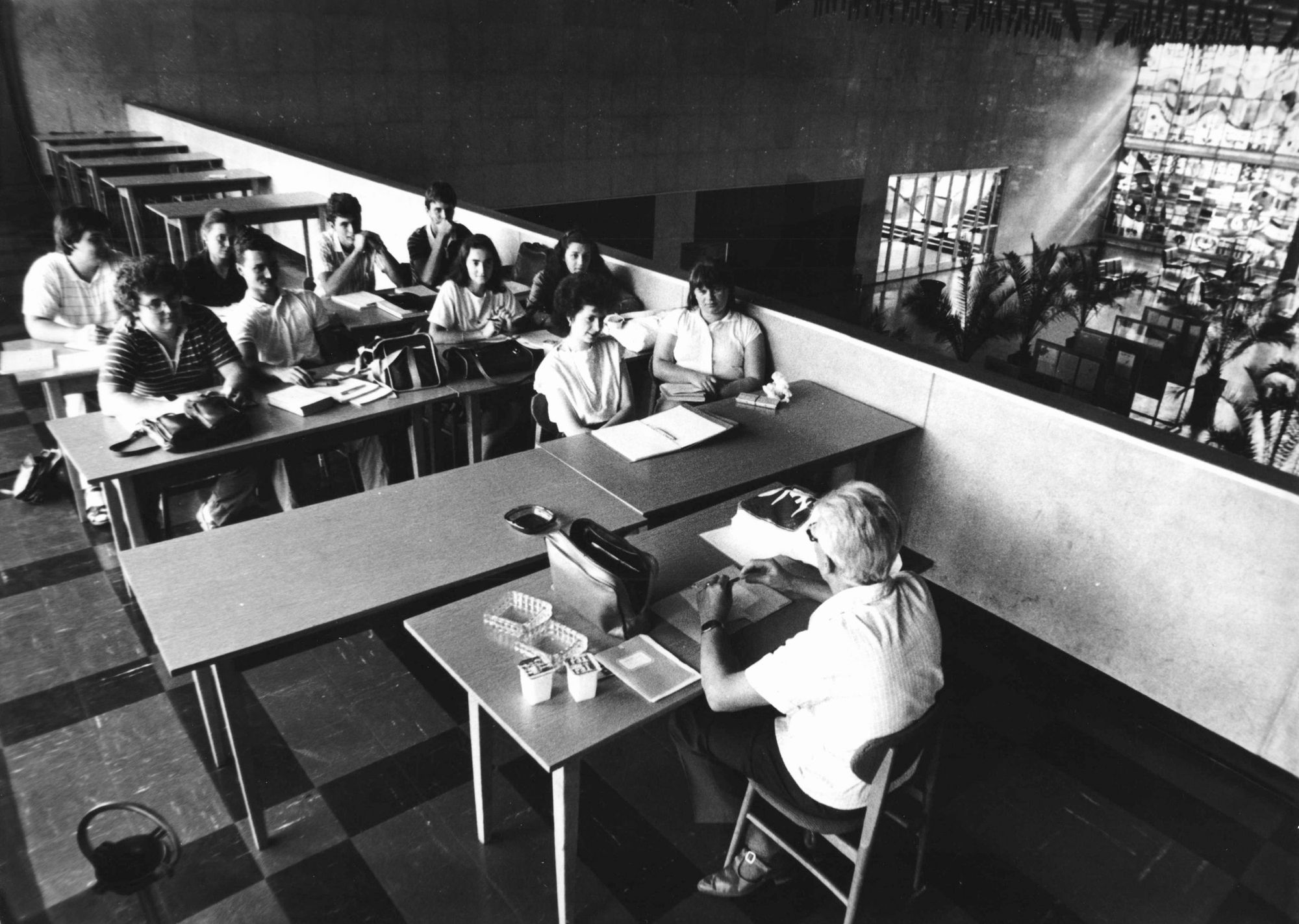
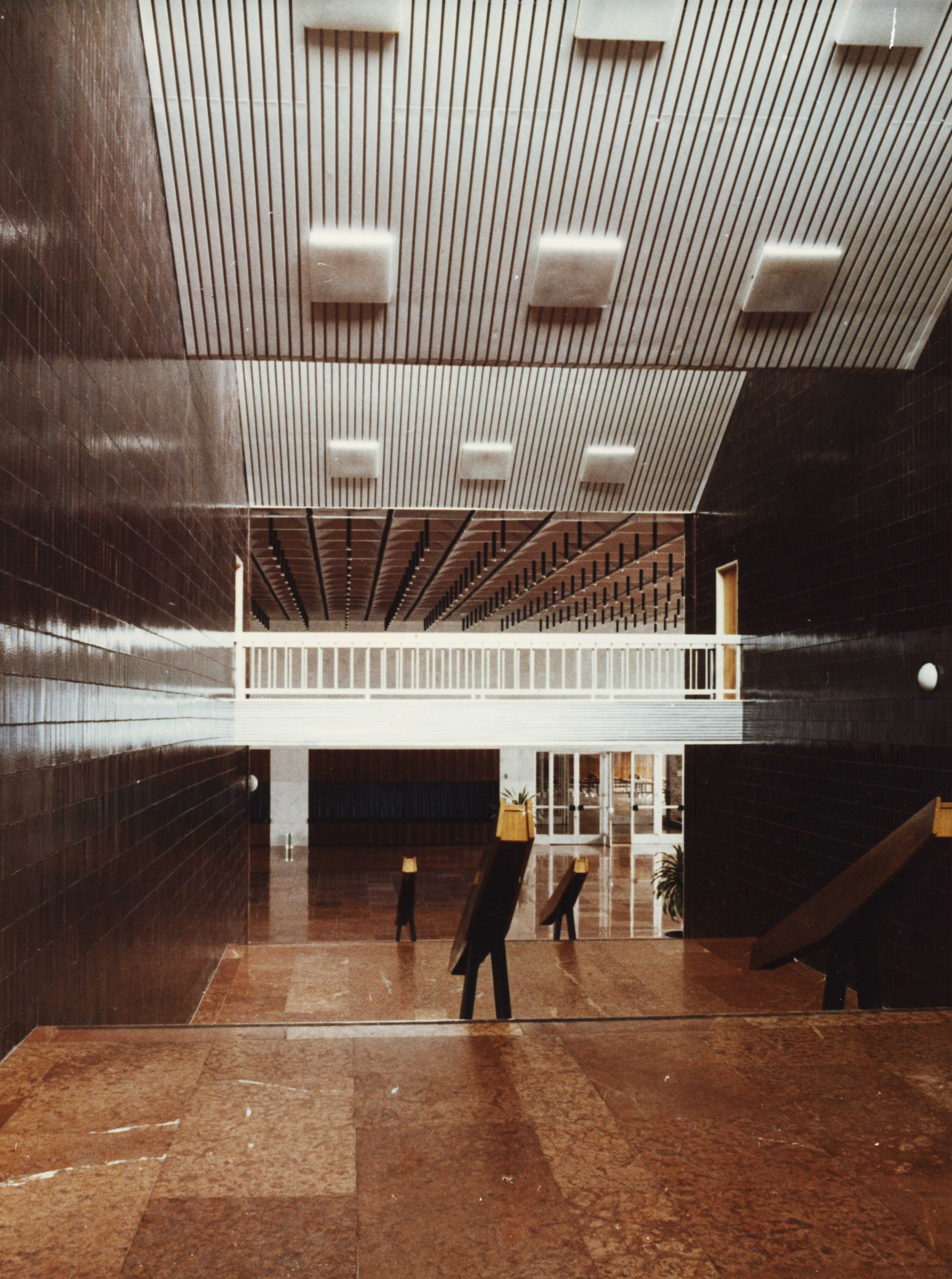
Since, as opposed to most capitals in the region, Budapest also preserved the serenity of its silhouette after the regime change, the building remained the sole inspiration of high-rise fan locals for long decades. A young architect, Áron Lőrincz, even turned it into the tallest building of the world in 2010, stretching the tower up to the stars—his short film “Theoretical Block” keeps holding its ground today,
Even though a ten years is a long time, so long that Áron Lőrincz, for example, has opened and runs an internationally acknowledged visualization studio since then, while the environment of the tower has gone through radical changes: the periphery of the neighboring Orczy Garden has filled up with university buildings, a new stadium rises to the sky nearby, and next year MOL’s new headquarters will be completed on the other side of the Danube, exceeding the former record breaker with 31 meters. But the NET doesn’t seem to care about this at all. It rises above Nagyvárad Square’s bustle stoically—sometimes it even reaches the sky.
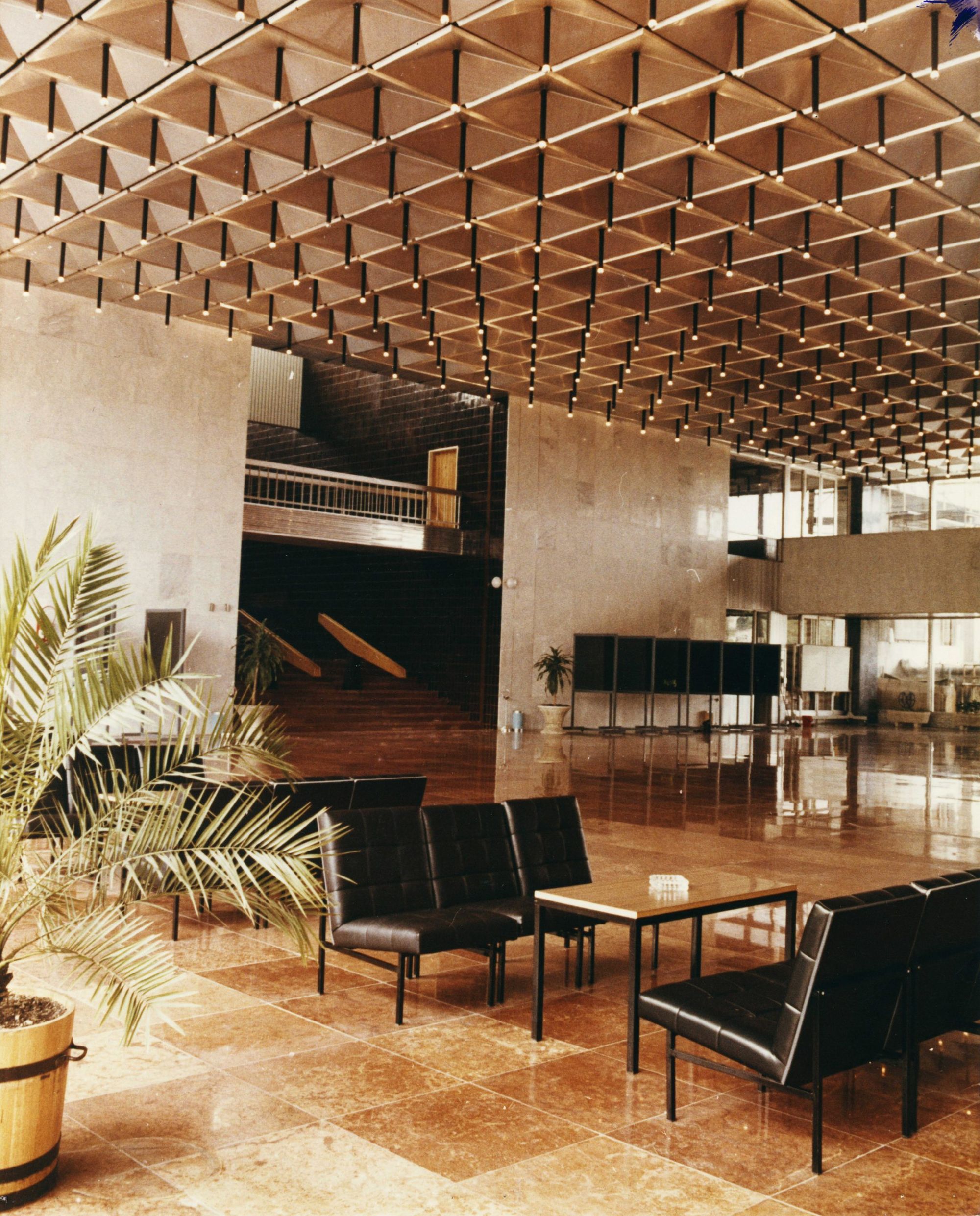
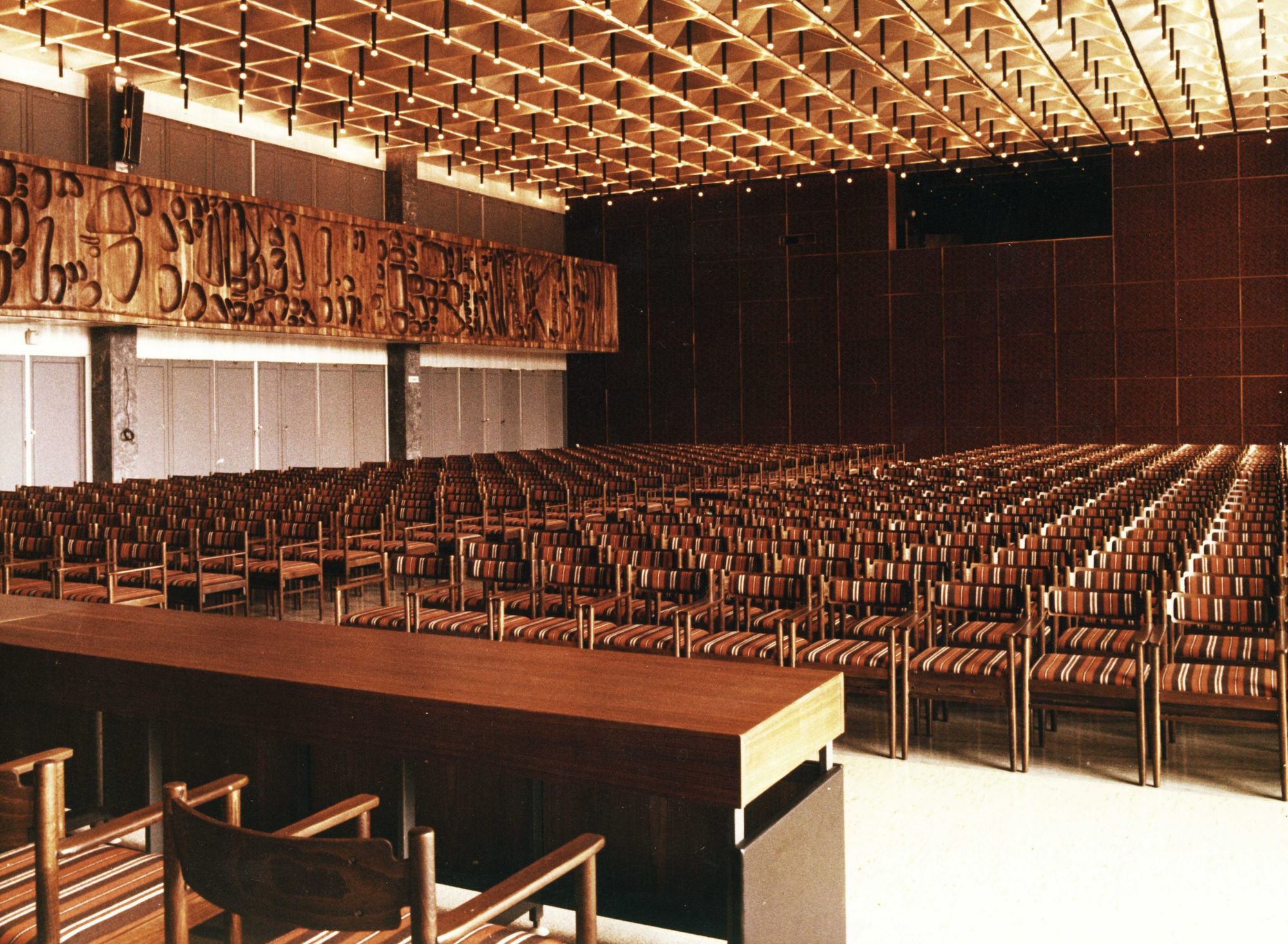
Photos:
- Photo 1: Nagyvárad Square, with the construction of the Theoretical Block of SOTE (today known as Semmelweis University) across the road, 1975. Source: Fortepan / Sándor Bojár
- Photo 2: Nagyvárad Square from Orczy (Mező Imre) Road, the Theoretical Block of SOTE in construction, 1974. Source: Fortepan / Magyar Rendőr
- Photo 3: Nagyvárad Square, the Theoretical Block of SOTE, 1980. Source: Fortepan / Semmelweis University Archives
- Photo 4: The lobby of SOTE’s lecture halls, 1984. Source: Fortepan / Semmelweis University Archives
- Photo 5: SOTE’s lecture halls, 1980. Source: Fortepan / Semmelweis University Archives
- Photo 6: SOTE, Gyula Hincz’s glass mosaic in the lobby (1973), 1980. Source: Fortepan / Semmelweis University Archives
- Photos 7-8: SOTE’s boardroom 1980. Source: Fortepan / Semmelweis University Archives
- Photo 9: SOTE, corridor above the lobby, 1982. Source: Fortepan / Semmelweis University Archives
- Photo 10: SOTE, staircase, 1980. Source: Fortepan / Semmelweis University Archives
- Photo 11: SOTE, lobby, 1980. Source: Fortepan / Semmelweis University Archives
- Photo 12: SOTE, banquet hall, 1980. Source: Fortepan / Semmelweis University Archives
If your heart skips a beat when you see the Theoretical Block of Semmelweis University, now is the time to get your own miniature version of it!
Click here and check it out in our online store!
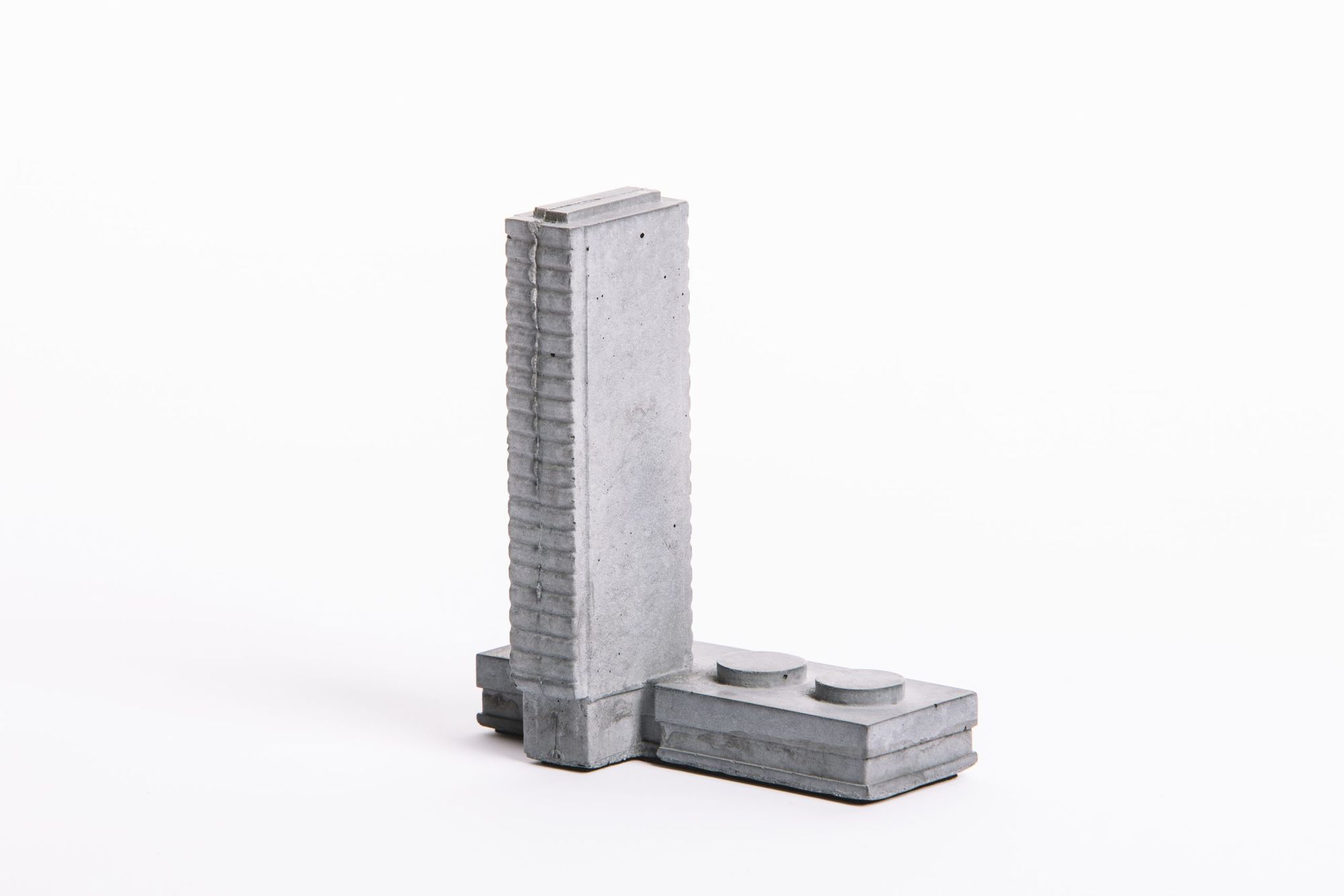
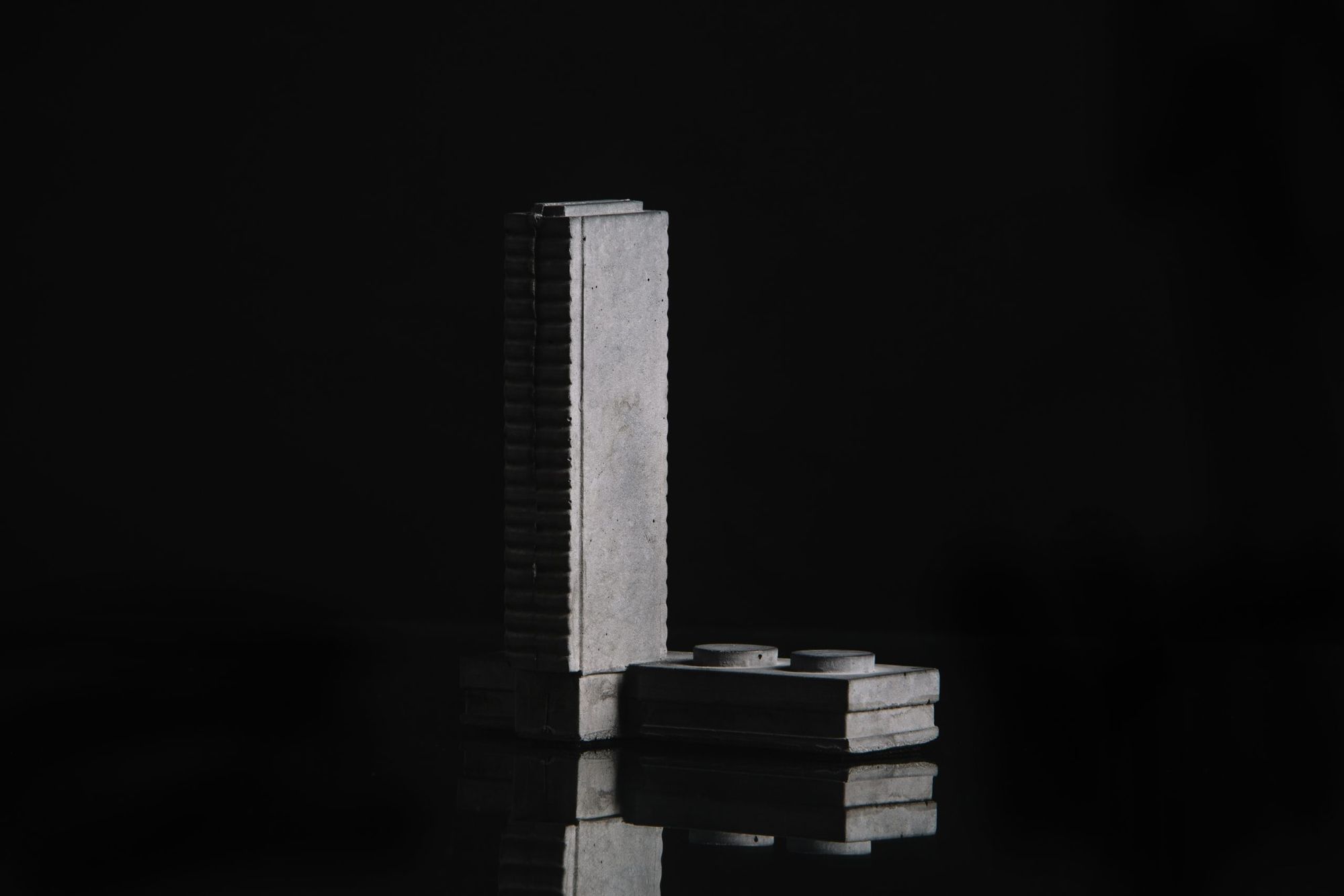

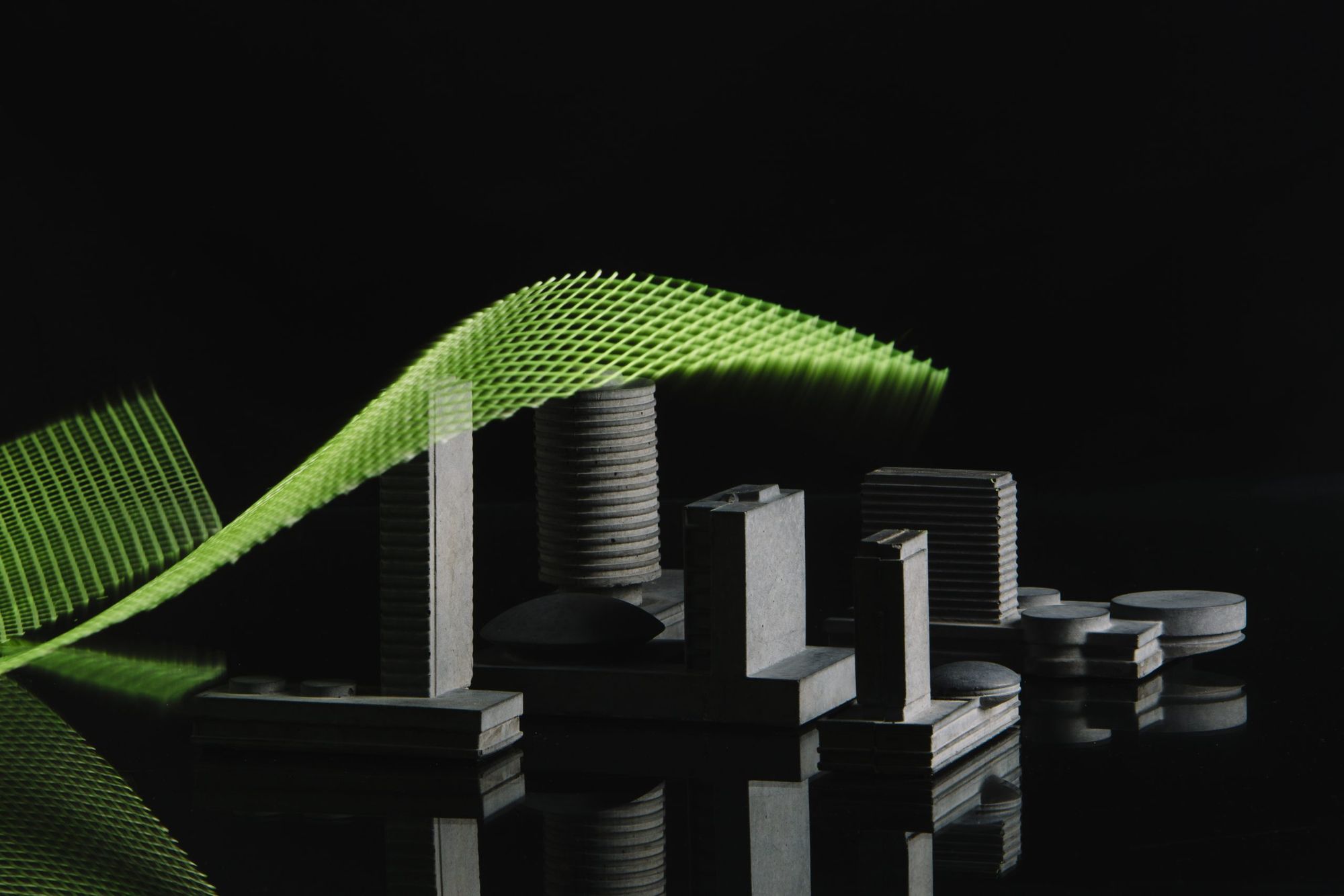

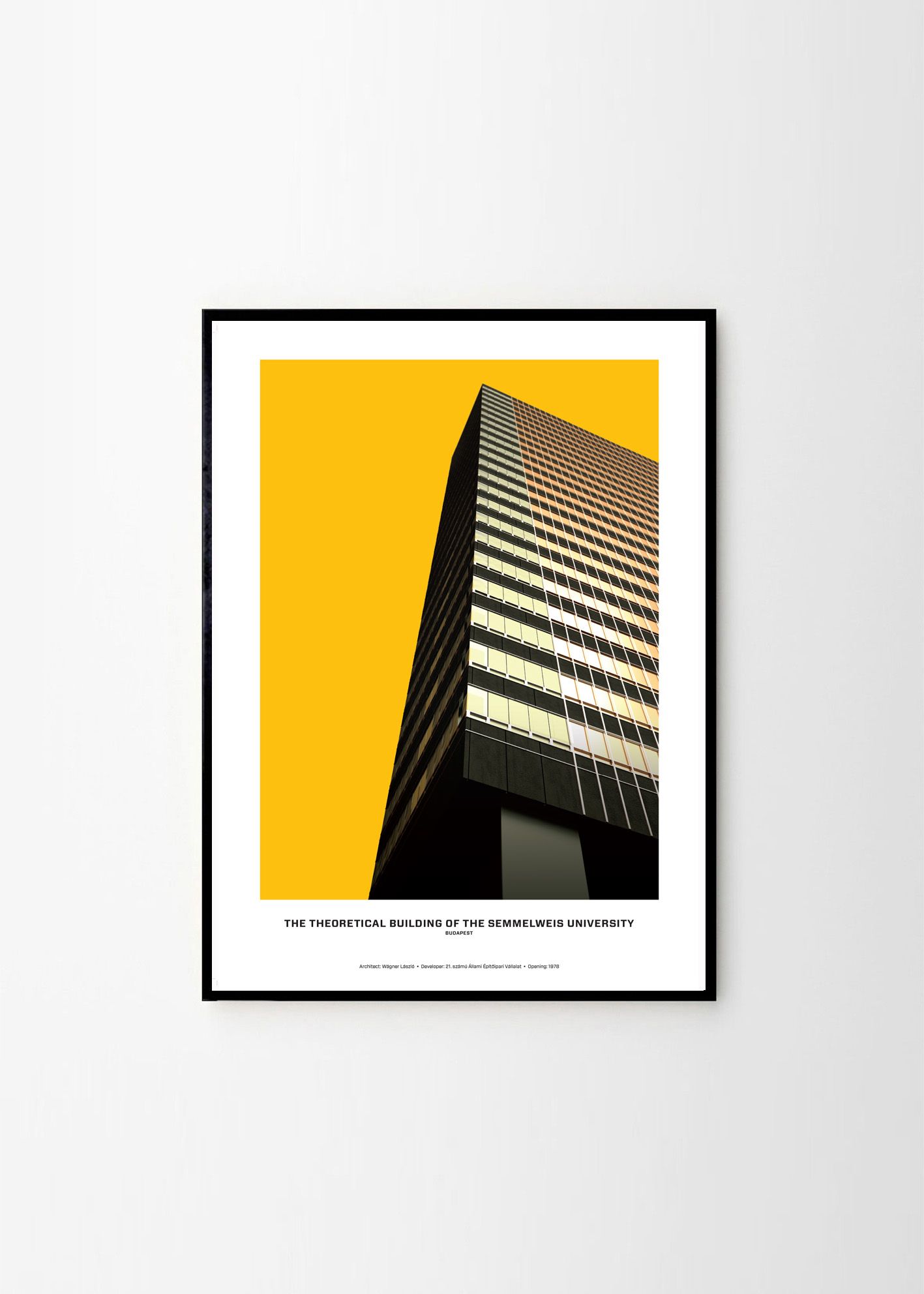
Product photos: Lilla Liszkay
In our custom-designed SOC/MOD collection, we reimagined the iconic buildings of socialist realism from Kyiv through Budapest to Karlovy Vary in the form of concrete deskware items and unique posters. Grab them now in HYPEANDHYPER’s store! Attention: extra limited quantities!
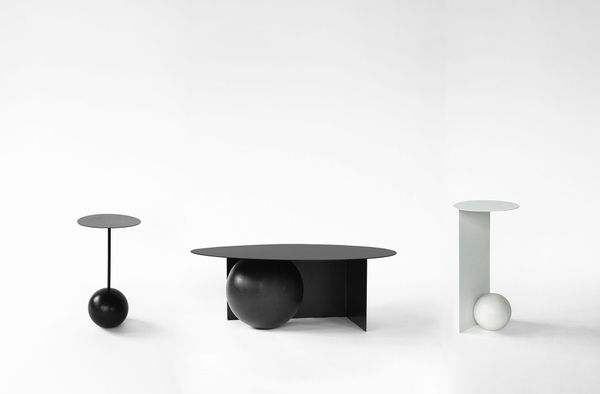
Less is more | SALAK Studio

The meeting of technology and nature | ALPHAWOOD intelligent furniture family










